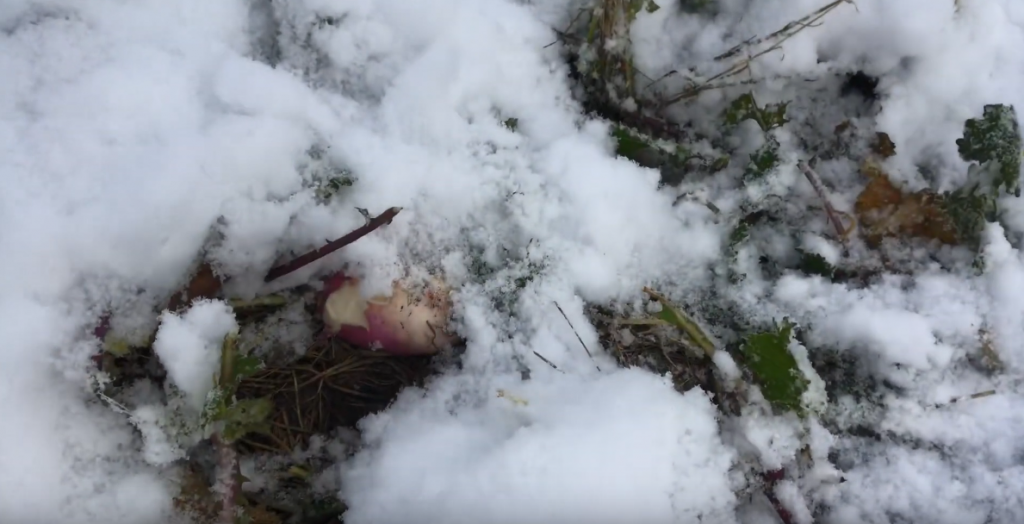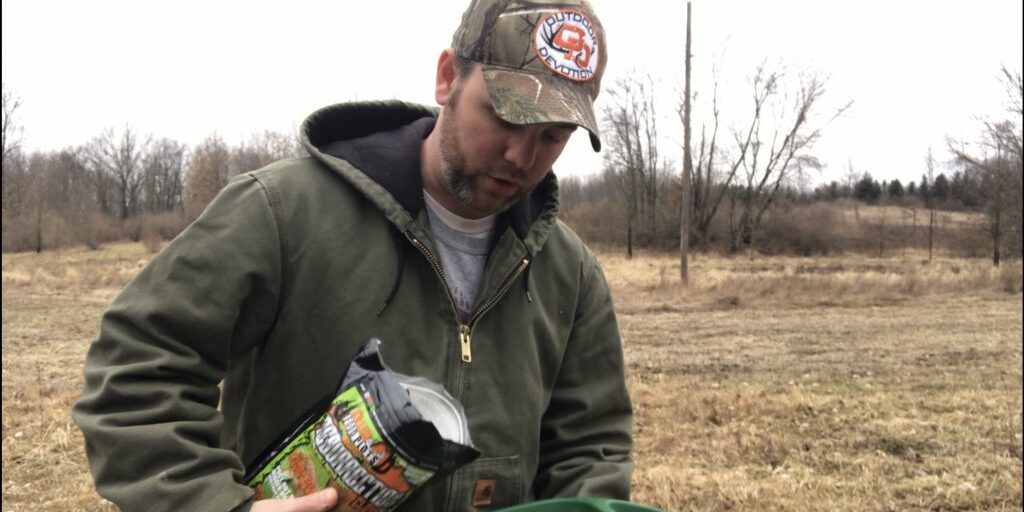
As deer seasons draw to a close, it is time to start focusing on next season- don’t tell my wife!! So what are a few winter time scouting tips that you can implement this year?
- Study the browse
During the winter, it is easy to study the farm and property for browse levels. As you walk the trails, edges of fields, and food plots, you can be taking mental or physical notes of how the native browse has been fed on. If you put up exclusion fences in your food plots earlier in the growing season, this is a great time of year to also see how those plots are measuring up to the local deer herds’ ruminant demands. Gathering this information will tell you how your habitat is holding up if you need to harvest more or less deer, how the whitetails like your food plots, how you need to increase harvest, food, or both, and more. The winter is my favorite time to review this as it is the easiest time to see and make these observations. Just be cognizant that if you take notes earlier in winter, and the browse level already seems substantial, you will need to allow that to play into your equation of adjustment, as the deer will continue to eat the available food down until Spring green-up.
- Trail Marking Tape
This is a must-have for every deer hunter when scouting in the offseason. Every deer trail, track, and rub will stick out this time of year. A guy could stand on a ridgetop and follow a rub line with the naked eye for 50 yards, with limited squinting. Having a good roll of marking tape goes a long way. As you find the sign you can mark the best sign and keep moving. This allows you to easily find where you need to be the next time you go into that area, remember this area is only a couple of months away from looking very different. When marking deer signs, specifically rubs – I try to only mark rubs if I can see it is a very consistent rub line and also a perennial rub line. Normally, you can find a perennial rub line, in conjunction with another positive attribute from the buck’s perspective, such as a terrain feature, like a ridge top that funnels down.
Trail Marking Tape — https://amzn.to/2PFnRbH

- Invasive Treatment
As some of you have seen on our group Habitat Chat, many guys are already out hack and squirting tree of heaven and other undesirable species. This is a great time of year to handle these projects. Some think that spraying herbicide to treat invasive cannot be done in the winter, as it seems counterintuitive, however many studies have found it to be tremendously successful.
- Opening the canopy
I just love hearing a saw scream first thing in the morning, with a light dusting of snow on the ground. This is a great winter project. You can navigate the woods without being eaten alive by mosquitos or stuck with every briar bush on the farm. I also find it far easier to fell trees that do not have a top full of leaves, it is easier to see the openings in the canopy and decide exactly where you want the tree to fall.
- Frost Seeding
Adding clover to any food plot program is always a good idea. This time of year is a great time to frost seed the food plots. Frost seeding is best accomplished when the ground is freezing and thawing. Small and hard seeds (like clover), will be pulled into the soil through this process of freezing and thawing. Once the spring green-up occurs, the clover will pop and take off. This method is great to enhance current clover plots or to add clover to a fall plot that will benefit by having nitrogen pumped into it through the summer via the clover (clover fixes atmospheric nitrogen through a symbiotic relationship with the rhizobia bacteria found it is root nodules).
Most importantly, get outside and enjoy the beauty of your farm or property!
One tree, plant, acre at a time!
Hunt hard, manage habitat hard!
AT

